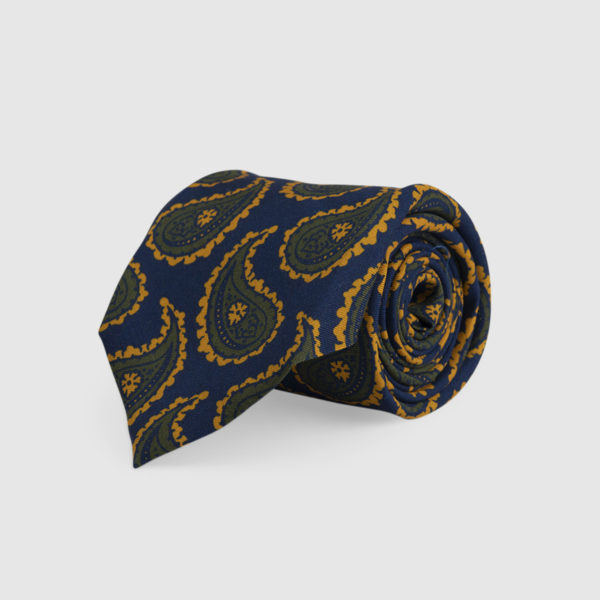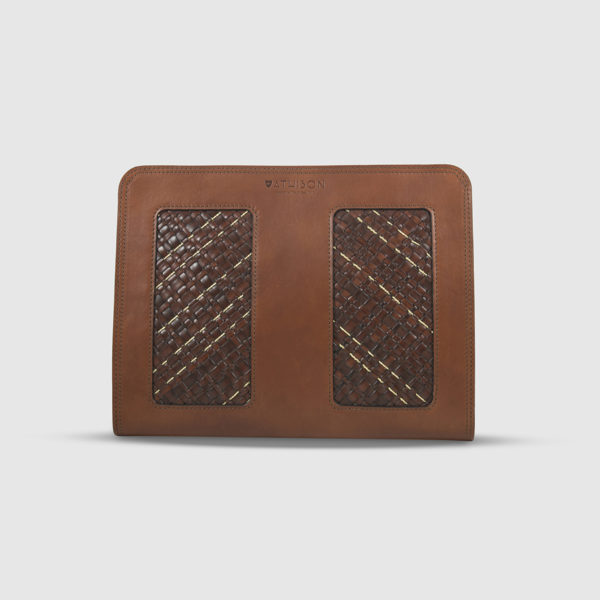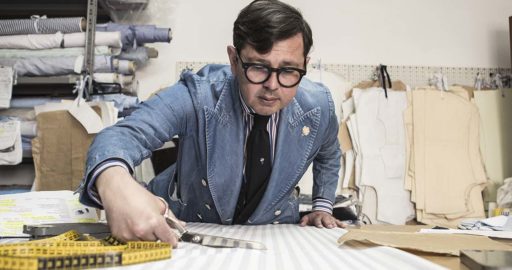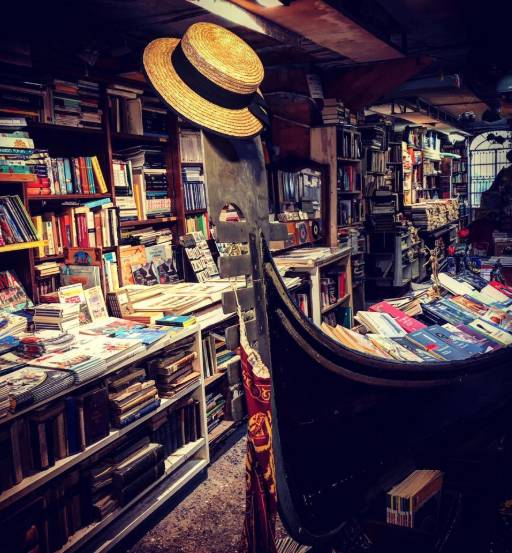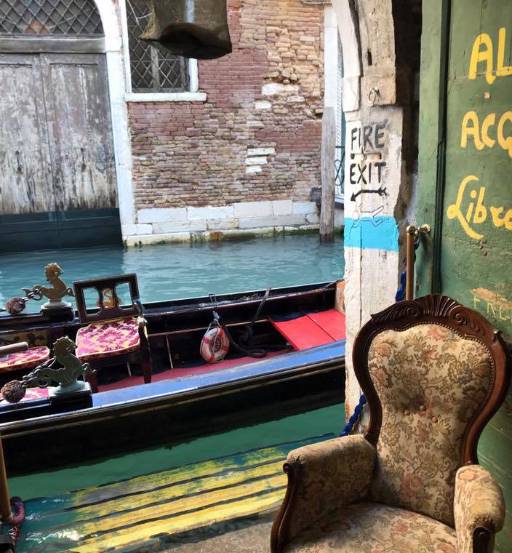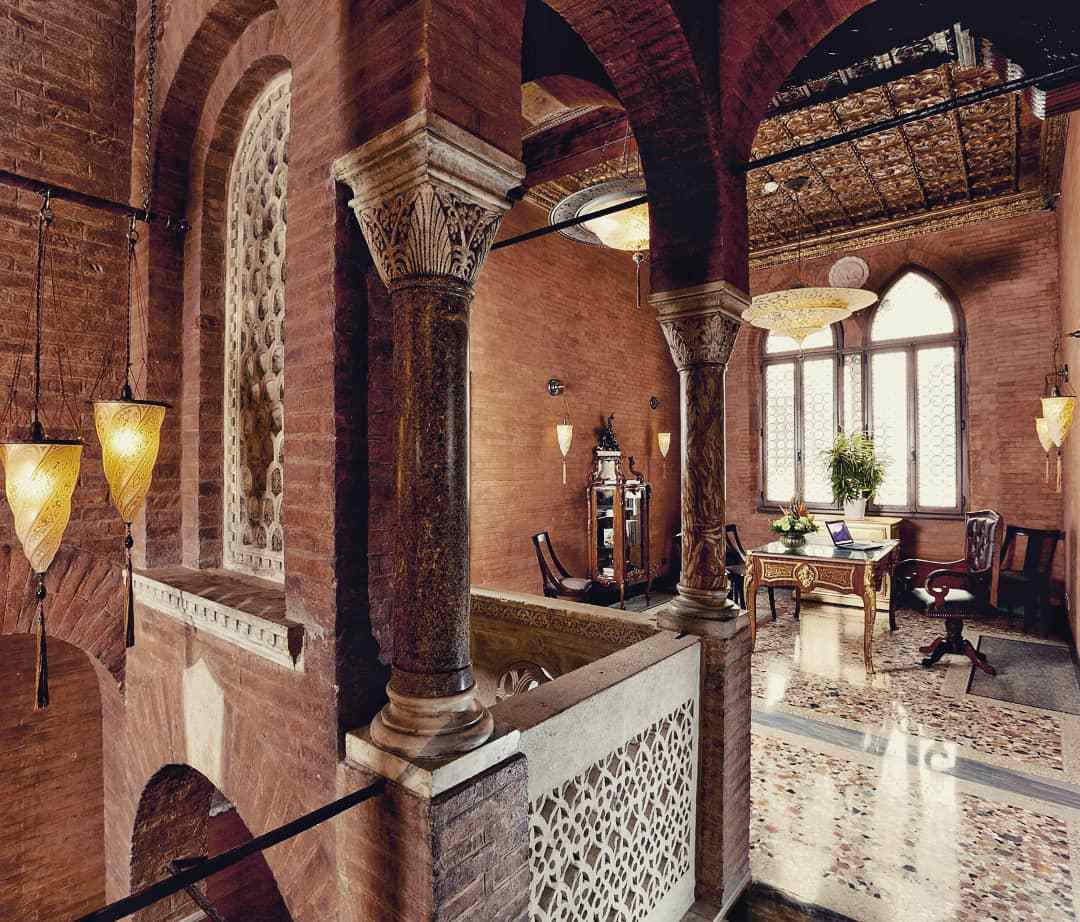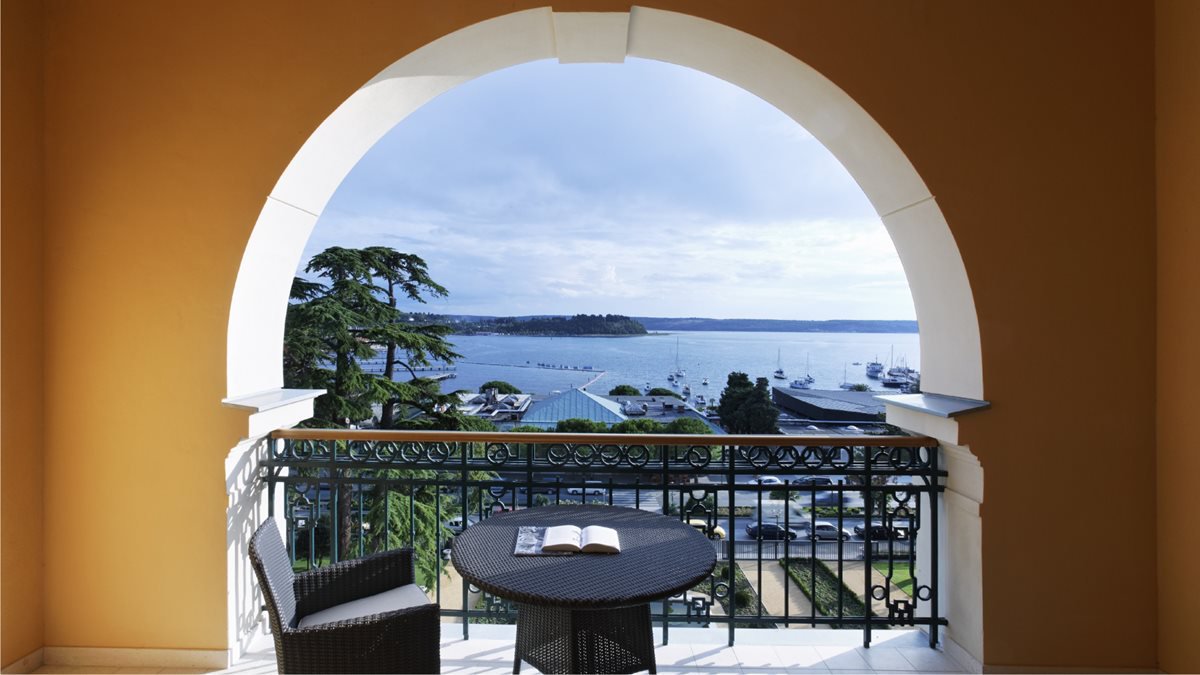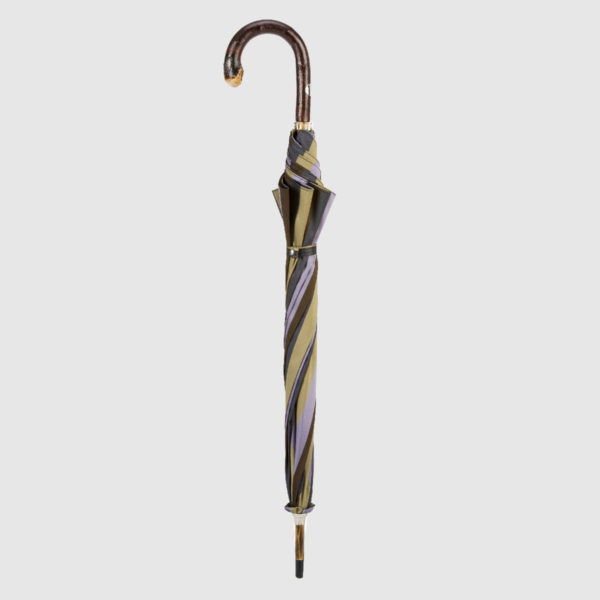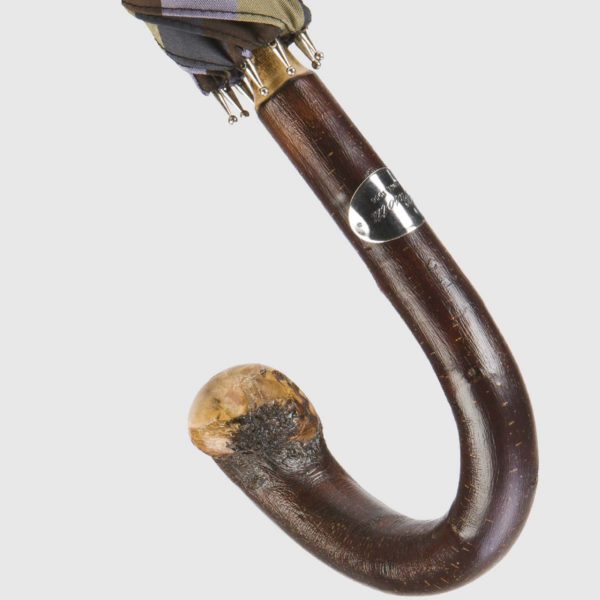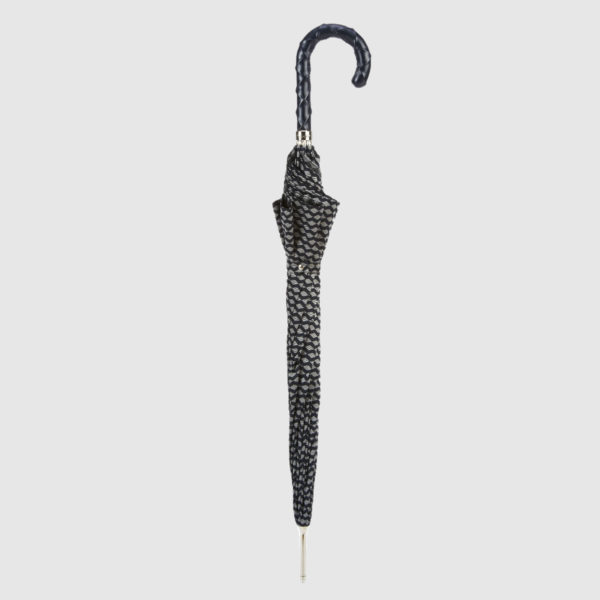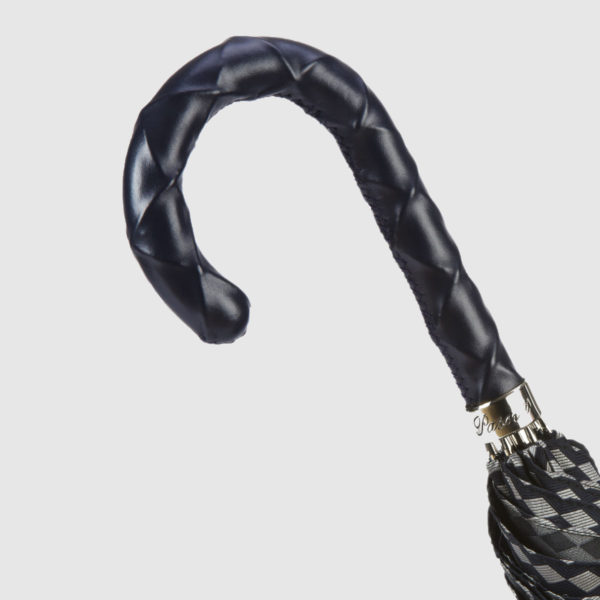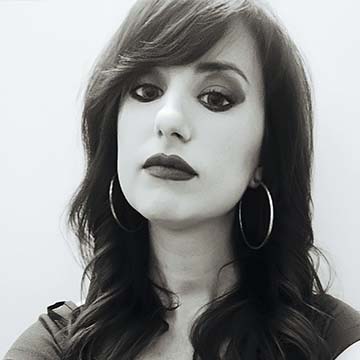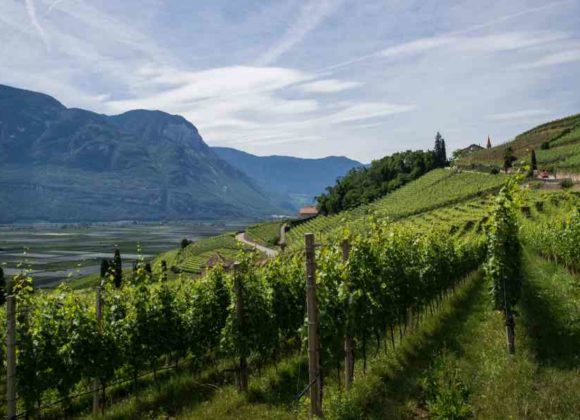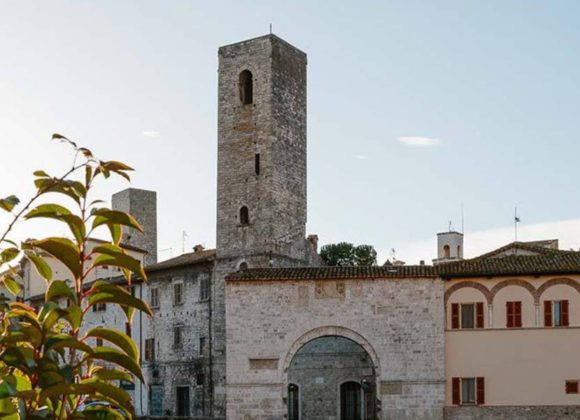The Church of San Zaccaria is a beautiful Renaissance building located in the San Marco district in the homonymous square. Apart from the ornate decoration of the main hall and facade, the Church of San Zaccaria deserves a visit for its is the crypt, which is partially filled with the ubiquitous waters of the surrounding canals.
Considered the oldest and most visible part of the building, the burial basement is supported by two rows of columns with small capitals dating back to 900-1000 and is also the place where eight Doges are buried.
The Church of San Francesco della Vigna, with its small convent, is located in Campo San Francesco della Vigna, in the Castello district. It was probably built by a group of Franciscan friars in the mid-XIII century. Large gardens, still visible today, were later created around the monastery and enclosed within the convent.
The name “San Francesco della Vigna” suggests the predominant type of cultivation of the gardens: the vineyard (“vigna”), donated to the friars by Marco Ziani, the son of Doge Pietro. The Franciscan Minor Friars still cultivate part of this land and have created a botanical garden that overlooks the North Lagoon. We also recommend a visit to the two cloisters, surrounded by a colonnade and preserving monumental specimens of cypresses. The larger of them was used as the cemetery of Venetian nobles.
Libreria Acqua Alta is considered one of the most beautiful bookstores in the world and often makes it to listicles. Located in the Castello district in Calle Lunga Santa Maria Formosa, it is characterized by an old-time movie atmosphere. A gondola, kayaks, bathtubs, and wooden barrels all make containers for books, both new and secondhand.
The libreria houses about one hundred thousand volumes, books on art, cinema, sports, architecture, food, music, up to comics, and bestsellers. Making the place even more evocative, you’ll find many cats running quietly in the middle of the printed paper. The owner of this charming bookshop is Luigi Frizzo, an affable man in his seventies, who about ten years ago decided to open the little business that is now much appreciated by both tourists and Venetians alike.
Known as “the island of the Mad”, the Island of San Servolo was the official mental asylum of Venice for 250 years. Run by the religious order San Giovanni di Dio, it opened in 1725 with the order that all insane men — and later women as well — would be relocated there: across the centuries, over 200,000 patients were admitted to the asylum, and most would never leave.
Today the building houses a museum that displays the equipment from the mental asylum, as well as the anatomical theater. There is also an archive with photo albums of patients from 1874 through to the 20th century as well as a library that holds a collection left by San Servolo and San Clemente Psychiatric Hospitals.
Palazzo Stern is a historical Moorish Palazzo on the Grand Canal. The building boasts a very particular location: just a few steps from the Accademia and Saint Mark, but far from the chaos, in the real Venice.
The structure is built with maximum accuracy to every little detail, enriched with antiquities, sculpture, and numerous authentic frescoes and mosaics. The rooms, furnished in typical Venetian style with silk wallpaper and Murano glass chandeliers, look over Rio Malpaga side canal, as well as over the garden in the back of the hotel.
San Clemente Palace Kempinski is located on the private island of San Clemente, only a few minutes away from Piazza San Marco via a complimentary boat ride. This exclusive retreat guarantees peace, tranquillity, and privacy with its 196 rooms and suites overlooking the lagoon or the centuries-old park.
Guests will find an outdoor pool, tennis court, and a state-of-the-art fitness room. Jerb therapy massage treatments make the island the perfect destination to unwind in total relaxation and enjoy the days of the festival far away from the chaos of the Lagoon.
Located in the enchanting garden of the hotel Papadopoli, Ristorante Giardino d’Inverno looks like the setting of a fairytale with its tropical flowers and the interior design curated by the landscape architect Pietro Porcinai.
Here, chef Marco Grossi brings to the table all the genuine flavor of dishes inspired by the Venetian tradition and also offers gluten-free and vegetarian recipes. The tasting menu is made of seasonal raw materials and varies according to what the market offers. Try the SpaghettOroVerrigni with basil pesto and clams or the sea bass served in three different ways; you won’t be disappointed.
 0
0








